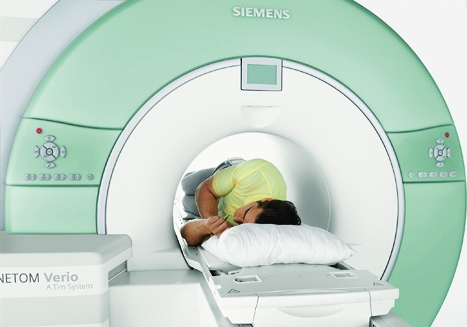Parahydrogen puts new spin on medical imaging
Medical imaging based on a new method for transferring magnetic spin could show biological processes in the body without exposing patients to harmful radiation.

This is the goal of a Glaxo-SmithKline-supported research programme at York University, where engineers have developed a way for transferring the magnetic spin of parahydrogen.
Through a reversible interaction with a specially designed molecular scaffold, the team has transferred parahydrogen’s magnetism to a range of molecules.
If this were applied to MRI, it could potentially increase sensitivity by giving scanners the ability to detect more molecules in the body than before.
Simon Duckett, a chemistry professor at York University, said that properly harnessed parahydrogen could help image biological processes, helping doctors spot tumours or signs of neurodegenerative diseases earlier.
Such diagnosis technology is possible with positron emission tomography (PET), where a patient is injected with a radioactive ’tracer’ material that mimics a biologically active molecule in the body, such as glucose. PET systems visualise whether the glucose was being metabolised by a tumour by detecting pairs of gamma rays emitted indirectly by the tracer.
Register now to continue reading
Thanks for visiting The Engineer. You’ve now reached your monthly limit of news stories. Register for free to unlock unlimited access to all of our news coverage, as well as premium content including opinion, in-depth features and special reports.
Benefits of registering
-
In-depth insights and coverage of key emerging trends
-
Unrestricted access to special reports throughout the year
-
Daily technology news delivered straight to your inbox










Water Sector Talent Exodus Could Cripple The Sector
Maybe if things are essential for the running of a country and we want to pay a fair price we should be running these utilities on a not for profit...